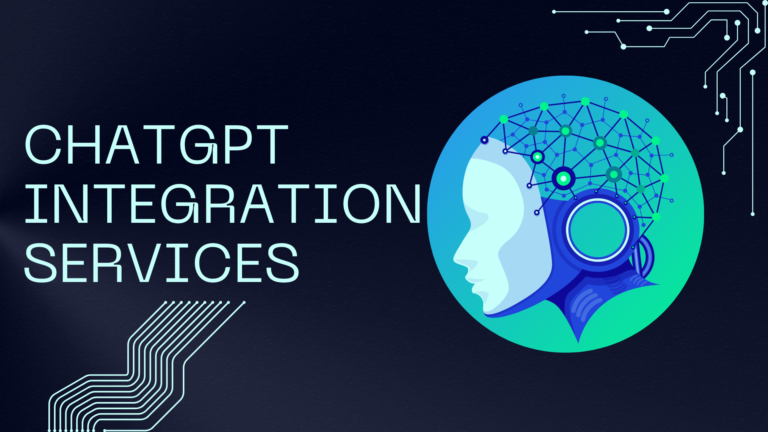The blockchain ecosystem has grown exponentially over the past decade, with hundreds of networks vying for attention from developers, investors, and enterprises alike. Among these, Solana has emerged as a dominant platform for building tokens, decentralized applications (dApps), and scalable Web3 solutions. Its unique architecture, high throughput, low costs, and growing ecosystem make it the preferred choice for token developers. In this article, we explore why Solana stands out and why developers are flocking to it to launch their token projects in 2025.
Introduction: The Need for Scalable and Efficient Blockchain Solutions
Solana token development has become a cornerstone of modern blockchain applications. From utility tokens to governance tokens and NFT-based assets, the demand for blockchain networks that can handle high transaction volumes without exorbitant fees has skyrocketed.
Many traditional blockchains face limitations such as slow confirmation times, high gas fees, and network congestion, which often frustrate both developers and users. Enter Solana — a blockchain designed to overcome these challenges. With its unique Proof-of-History (PoH) consensus mechanism combined with Proof-of-Stake (PoS), Solana delivers a high-performance, low-cost environment that is ideal for token creation and management.
High Throughput and Low Latency: Solana’s Technical Edge
One of Solana’s most significant advantages is its ability to process over 65,000 transactions per second (TPS) with block times as low as 400 milliseconds. This level of scalability is unheard of in many traditional blockchains like Ethereum, where high network activity can result in delayed transactions and skyrocketing gas fees.
For token developers, this means:
-
Faster transaction confirmations: Token transfers, staking, and smart contract executions happen almost instantly.
-
Better user experience: Low latency ensures smooth interactions for dApps, DeFi protocols, and NFT marketplaces.
-
Scalability: Developers can confidently launch tokens without worrying about network congestion as adoption grows.
These technical strengths make Solana particularly attractive for projects expecting rapid user growth or high-frequency token transactions.
Low Transaction Fees: A Developer-Friendly Environment
Transaction costs are a critical factor for token developers, especially in DeFi and NFT ecosystems where frequent transfers occur. Solana’s transaction fees are extremely low, often less than a cent per transaction, compared to Ethereum’s sometimes prohibitive gas fees.
For developers, this translates into:
-
Cost-efficient token launches: Lower fees for minting, transferring, and trading tokens.
-
Encouragement of microtransactions: Users can interact with tokens in smaller denominations without worrying about high fees.
-
Increased adoption potential: Affordable transactions attract more users to participate in token ecosystems.
This cost-effectiveness is a driving reason why many Web3 startups and enterprises choose Solana over other blockchains.
Robust Developer Tools and Ecosystem
Solana has invested heavily in developer-friendly tools and infrastructure. Its ecosystem includes:
-
Solana SDKs: Simplified software development kits for Rust, C, and JavaScript enable smooth token creation and smart contract deployment.
-
Solana Program Library (SPL): A suite of pre-built programs including token standards (SPL Tokens), staking, and governance modules.
-
Integration with Web3 tools: Solana supports popular wallets like Phantom, Solflare, and Ledger, making token interactions seamless.
Additionally, Solana’s growing ecosystem features decentralized exchanges, lending platforms, NFT marketplaces, and analytics tools that developers can integrate directly into their token projects.
Solana Token Standards: SPL Tokens
Token developers need reliable, standardized frameworks to create fungible and non-fungible tokens. Solana addresses this with the SPL (Solana Program Library) token standard, which provides:
-
Fungible tokens: Equivalent to ERC-20 on Ethereum, suitable for utility, governance, or payment tokens.
-
Non-fungible tokens (NFTs): Compatible with marketplaces and wallets, enabling NFT minting, trading, and staking.
-
Customizable token behavior: Developers can define decimals, supply limits, and minting rules according to project requirements.
SPL tokens make the process of creating and managing tokens much easier and more standardized, allowing developers to focus on building user-centric features rather than reinventing the wheel.
Strong Security and Reliability
Security is paramount in token development. Solana employs:
-
Proof-of-History (PoH): Provides a cryptographically secure timestamp to verify transaction order efficiently.
-
Proof-of-Stake (PoS): Ensures decentralized consensus while reducing energy consumption.
-
Network resiliency: Solana has robust mechanisms for handling high throughput and mitigating downtime risks.
These security measures give developers confidence that their tokens will be safe from common attacks, ensuring both investor and user trust.
Vibrant Community and Growing Adoption
Beyond technical advantages, Solana boasts a thriving community of developers, investors, and enthusiasts. This vibrant ecosystem encourages collaboration, knowledge sharing, and rapid troubleshooting — essential for token developers who need support when building complex projects.
Key aspects include:
-
Active developer forums and Discord channels for guidance and mentorship.
-
Grants and incubators that fund promising token projects.
-
Partnerships with leading DeFi protocols, NFT platforms, and blockchain accelerators to boost token adoption.
A supportive community accelerates innovation and enhances the likelihood of token project success.
Real-World Examples of Solana Token Projects
Solana’s popularity isn’t just theoretical. Numerous successful token projects demonstrate its potential:
-
Serum (SRM): A decentralized exchange token leveraging Solana’s speed and low fees.
-
Raydium (RAY): Automated market maker (AMM) that enables fast token swaps.
-
Star Atlas (ATLAS): NFT and gaming token that utilizes Solana’s high throughput for seamless gameplay.
These projects highlight how Solana enables scalable, efficient, and user-friendly token ecosystems.
Solana vs. Other Blockchains
When comparing Solana to Ethereum, Binance Smart Chain, or Avalanche, it’s clear why developers favor it:
| Feature | Solana | Ethereum | BSC | Avalanche |
|---|---|---|---|---|
| TPS | 65,000+ | 15 | 160 | 4,500+ |
| Transaction Fees | <$0.01 | $5-$50 | ~$0.20 | ~$0.10 |
| Block Time | 400ms | 13s | 3s | 2s |
| Ecosystem | Growing rapidly | Mature | Moderate | Growing |
| Developer Tools | SPL, SDKs | ERC standards | BEP standards | AVAX SDK |
Solana excels in speed, scalability, and low cost, giving developers a competitive edge in token creation.
Why Solana Is the Future of Token Development
Looking ahead, Solana’s roadmap promises even more innovations:
-
Smart contract upgrades: Enhanced programmability and interoperability with other chains.
-
Layer-2 scaling solutions: Further reducing latency and cost for mass adoption.
-
Enhanced NFT infrastructure: Simplifying minting, trading, and fractional ownership.
As the demand for DeFi, NFT, and GameFi tokens grows, Solana’s robust ecosystem, high throughput, and developer-friendly tools will continue to attract token creators and Web3 entrepreneurs.
Conclusion
For token developers, choosing the right blockchain is critical to project success. Solana stands out as the go-to platform because it combines speed, scalability, low fees, security, and a thriving ecosystem. Its SPL token standards, robust developer tools, and real-world adoption make it ideal for launching utility, governance, or NFT tokens.
In 2025 and beyond, Solana is not just a blockchain — it’s a comprehensive infrastructure for building the next generation of scalable, efficient, and user-friendly token ecosystems. Whether you’re a startup, enterprise, or independent developer, Solana provides the technical capabilities and community support needed to make your token project successful.




